Flow Reading Fluency: How the Program Supports All Four Pillars
Reading fluency is more than speed. True fluency rests on four interconnected pillars: accuracy, rate, prosody, and…
Read articleThis blog is dedicated to helping teachers, parents, and school leaders support students in developing strong reading fluency—the bridge between decoding and comprehension. Grounded in research and best practices, our posts highlight practical strategies, effective assessment tools, and ways to differentiate instruction, enabling every learner to thrive.
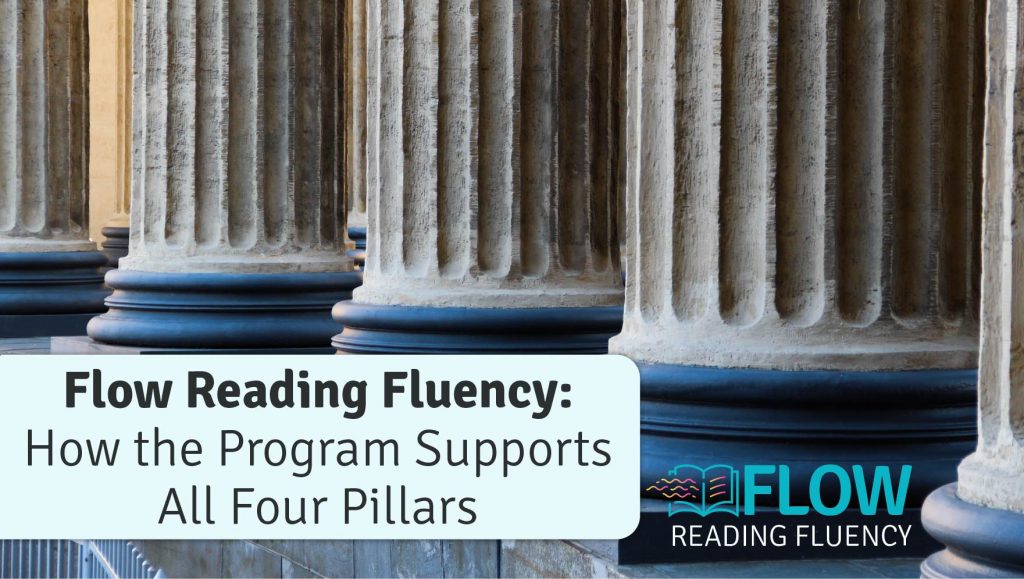
Reading fluency is more than speed. True fluency rests on four interconnected pillars: accuracy, rate, prosody, and…
Read article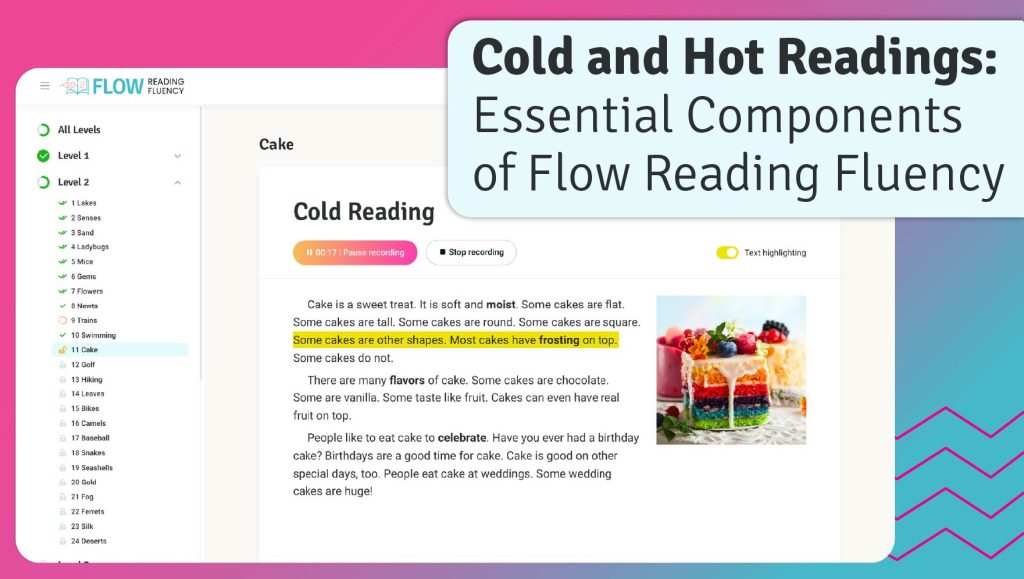
One of the most effective ways to measure and build reading fluency is through cold and hot readings. This paired…
Read article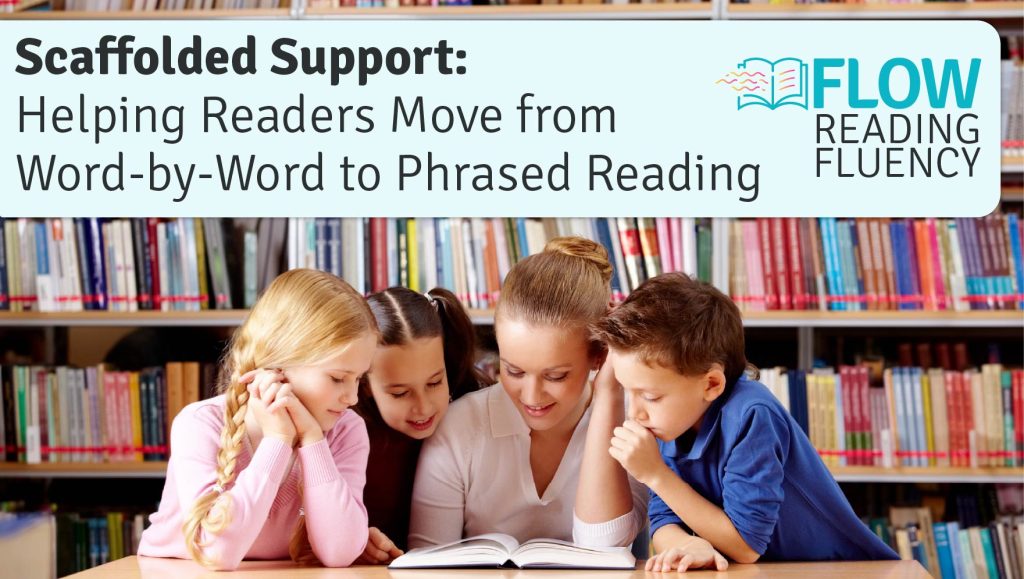
If you’ve ever listened to a beginning reader, you may notice a halting, word-by-word delivery that sounds robotic. This style…
Read article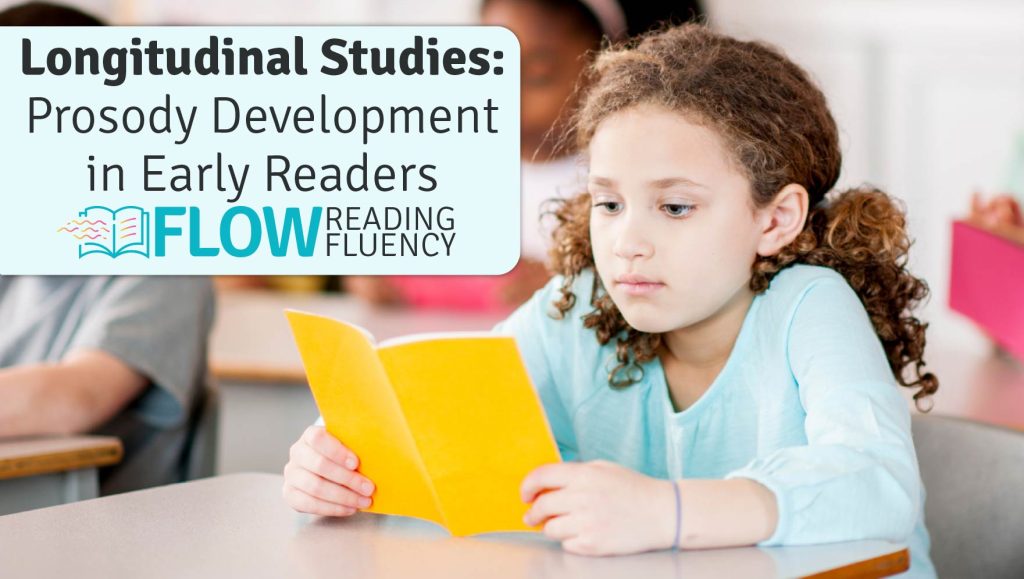
When young children begin reading aloud, their voices often sound flat and robotic. Over time, however, many develop phrasing, rhythm,…
Read article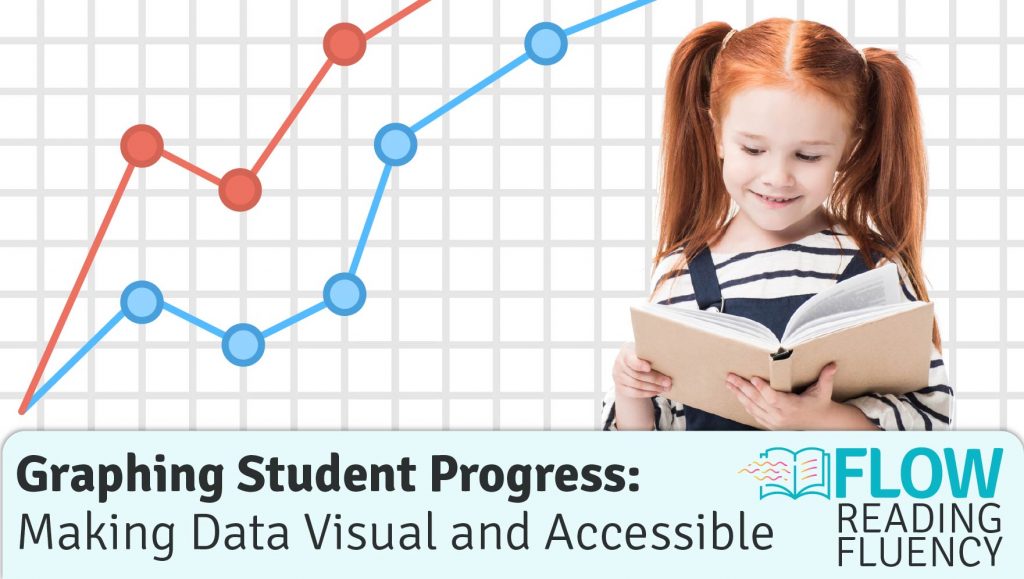
Tracking growth in reading fluency is essential for effective instruction, but numbers alone don’t always tell the full story. When…
Read article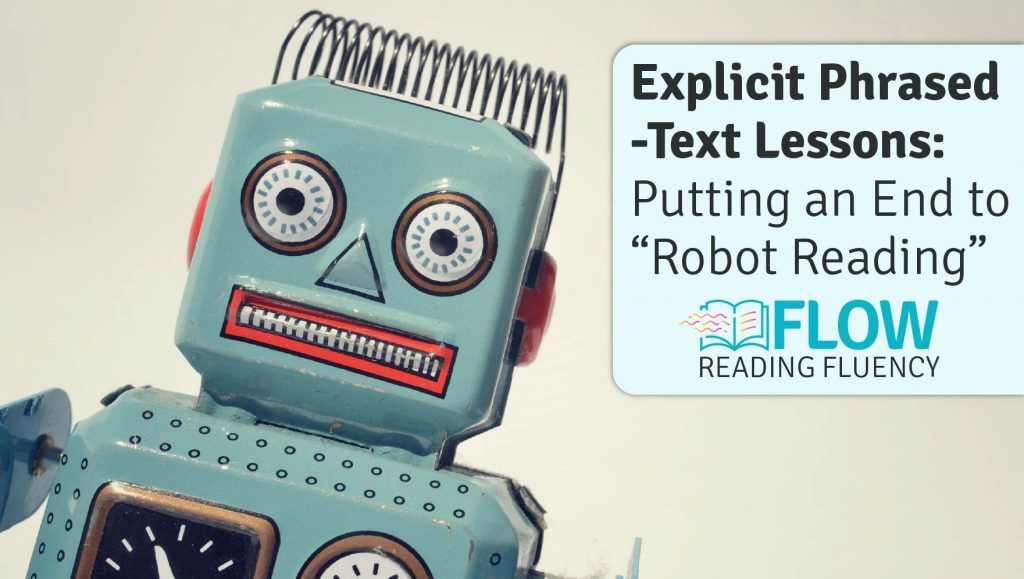
If you’ve ever listened to a child read aloud word by word, you’ve likely heard what teachers call “robot reading.”…
Read article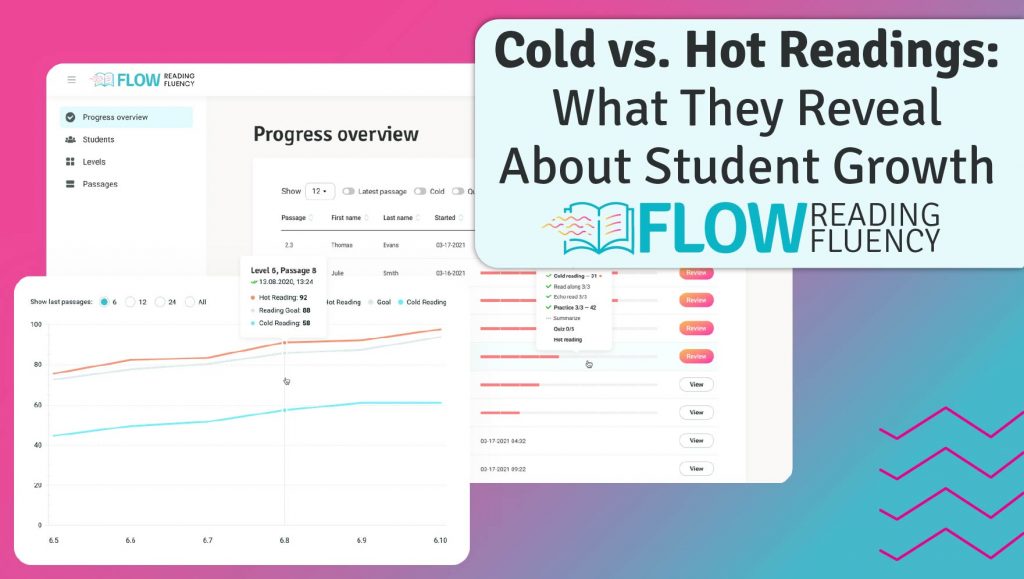
When it comes to building reading fluency, practice isn’t just about repetition—it’s about tracking progress over time. One of the…
Read article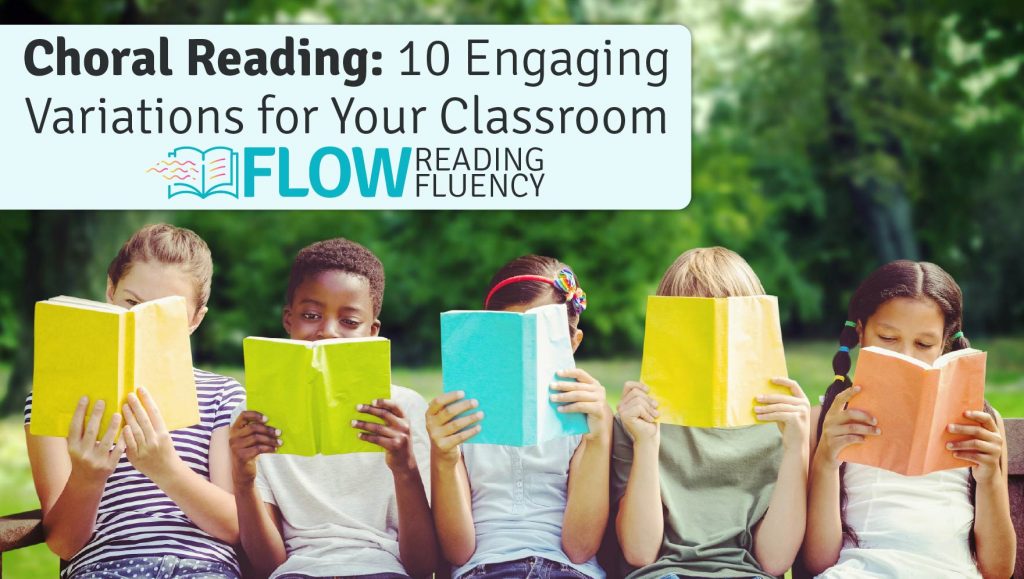
Choral reading is a powerful fluency-building strategy that allows students to read together in a supportive, low-stress environment. When students…
Read article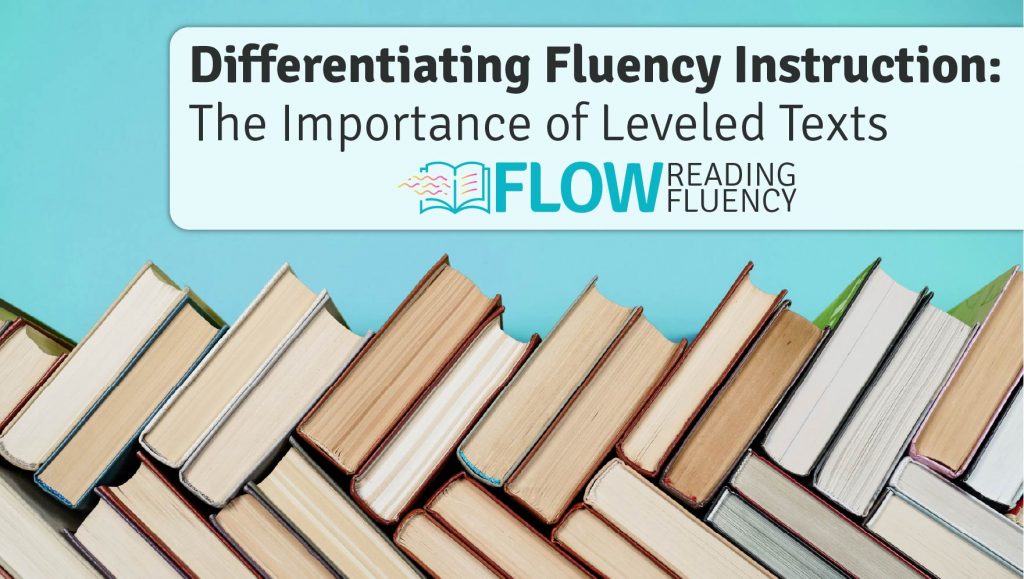
Every classroom includes students with a wide range of reading abilities. Some students read fluently and effortlessly, while others struggle…
Read article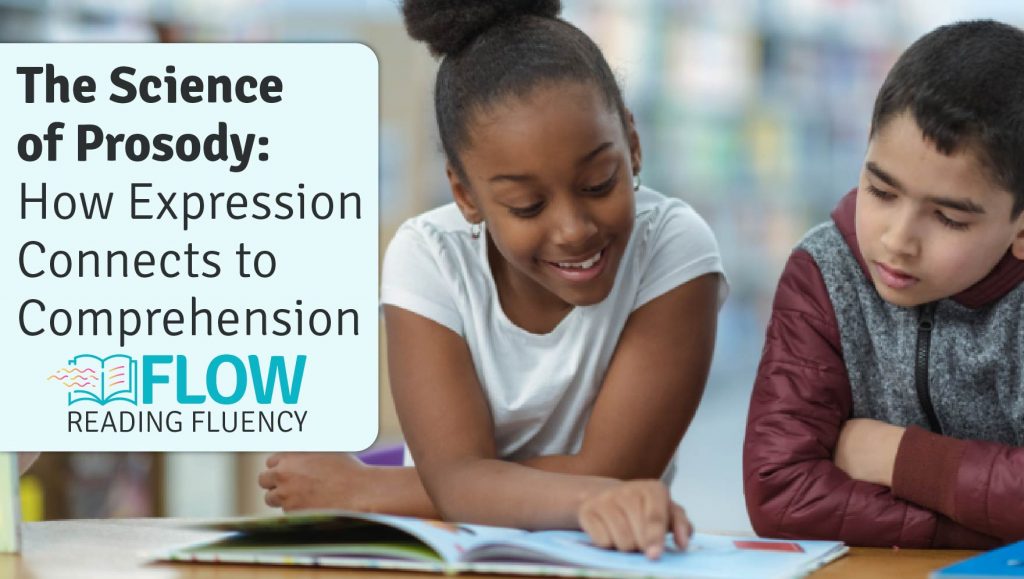
When we listen to a fluent reader, the words don’t sound robotic. Instead, they flow with rhythm, pitch, and expression.…
Read article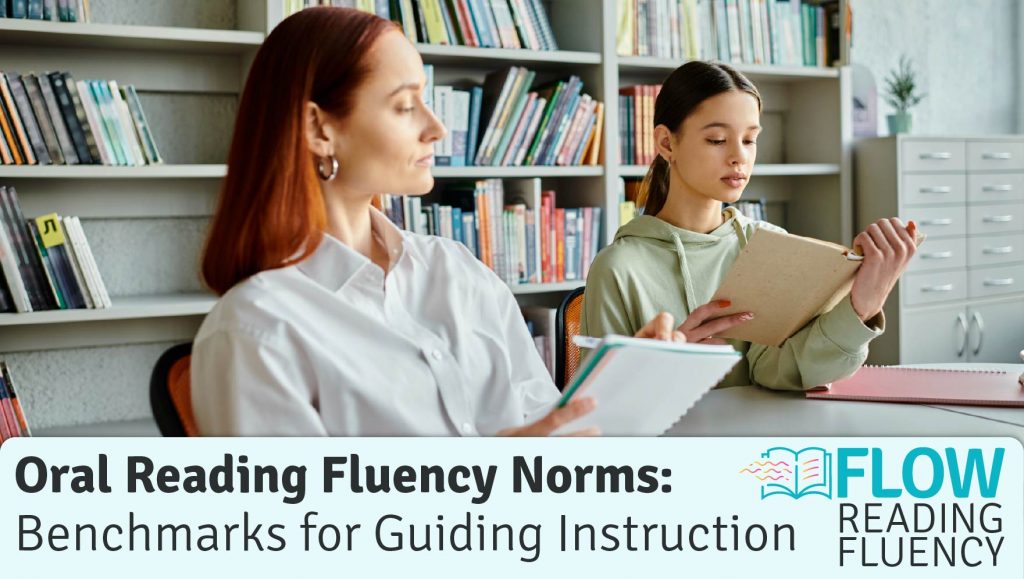
Oral Reading Fluency (ORF) is one of the most widely used and reliable indicators of a student’s reading development1. By…
Read article